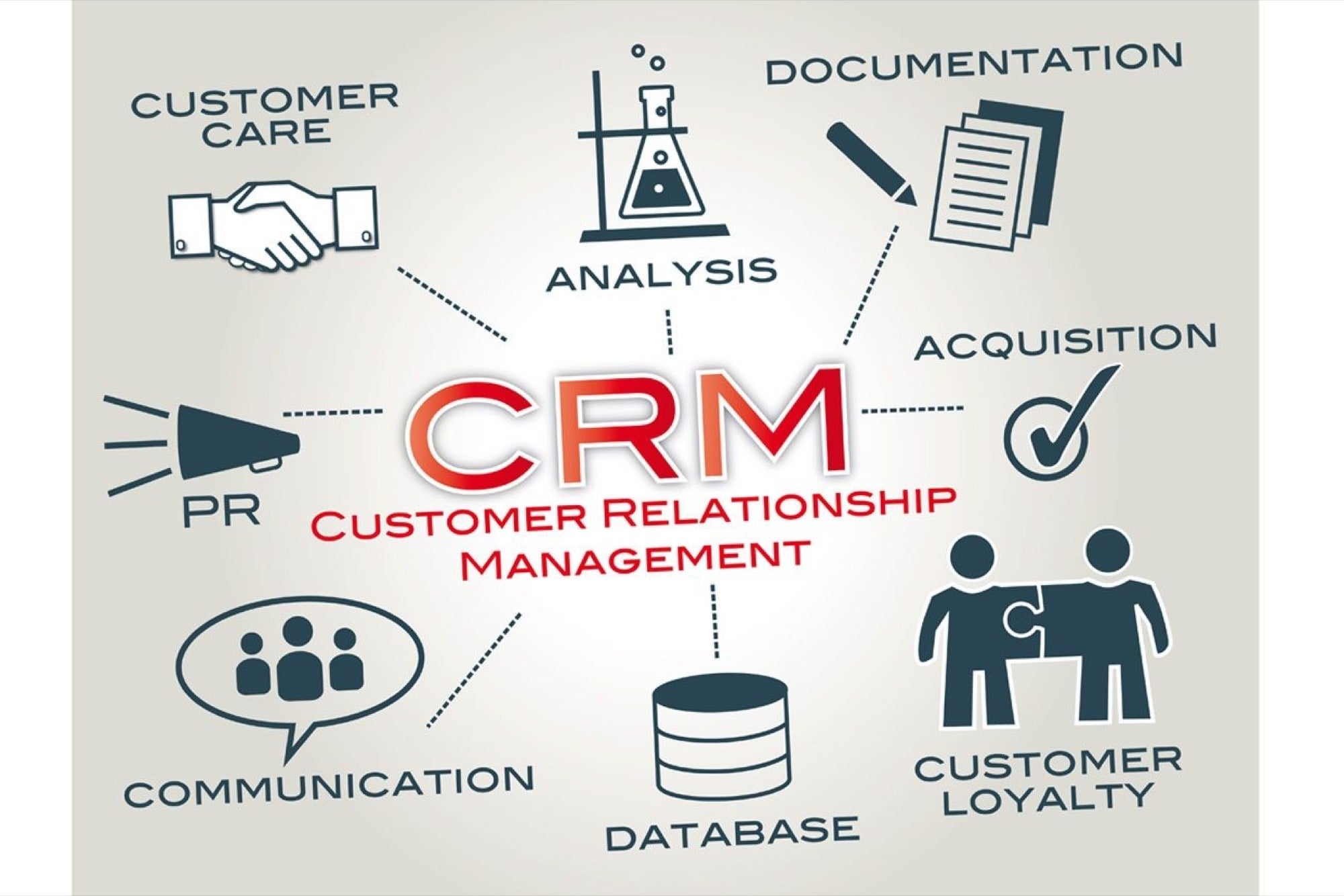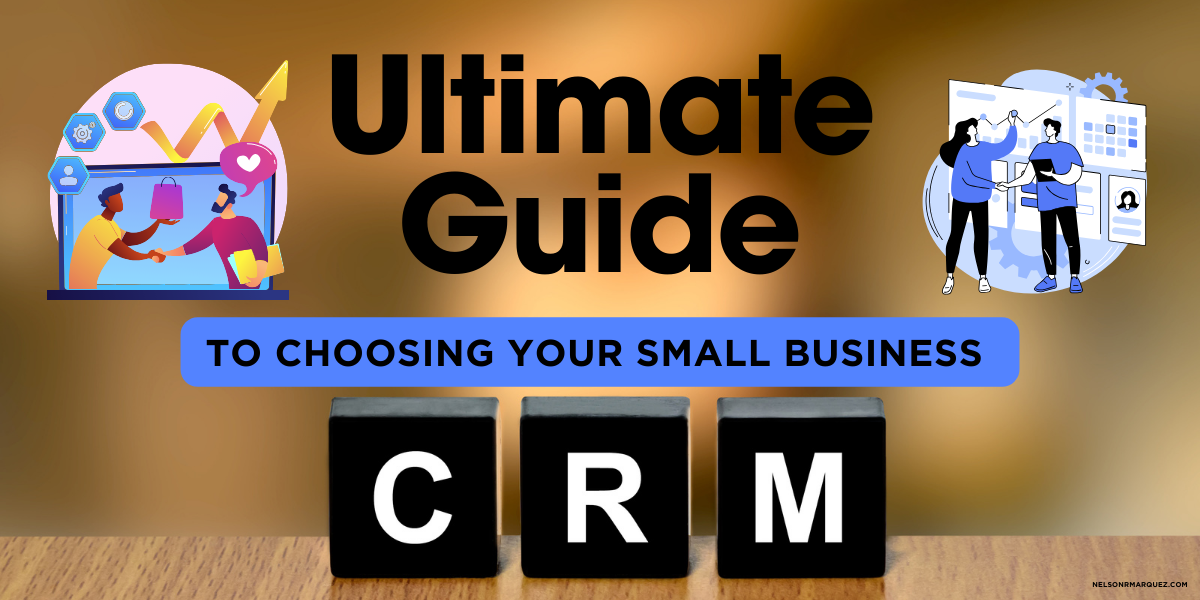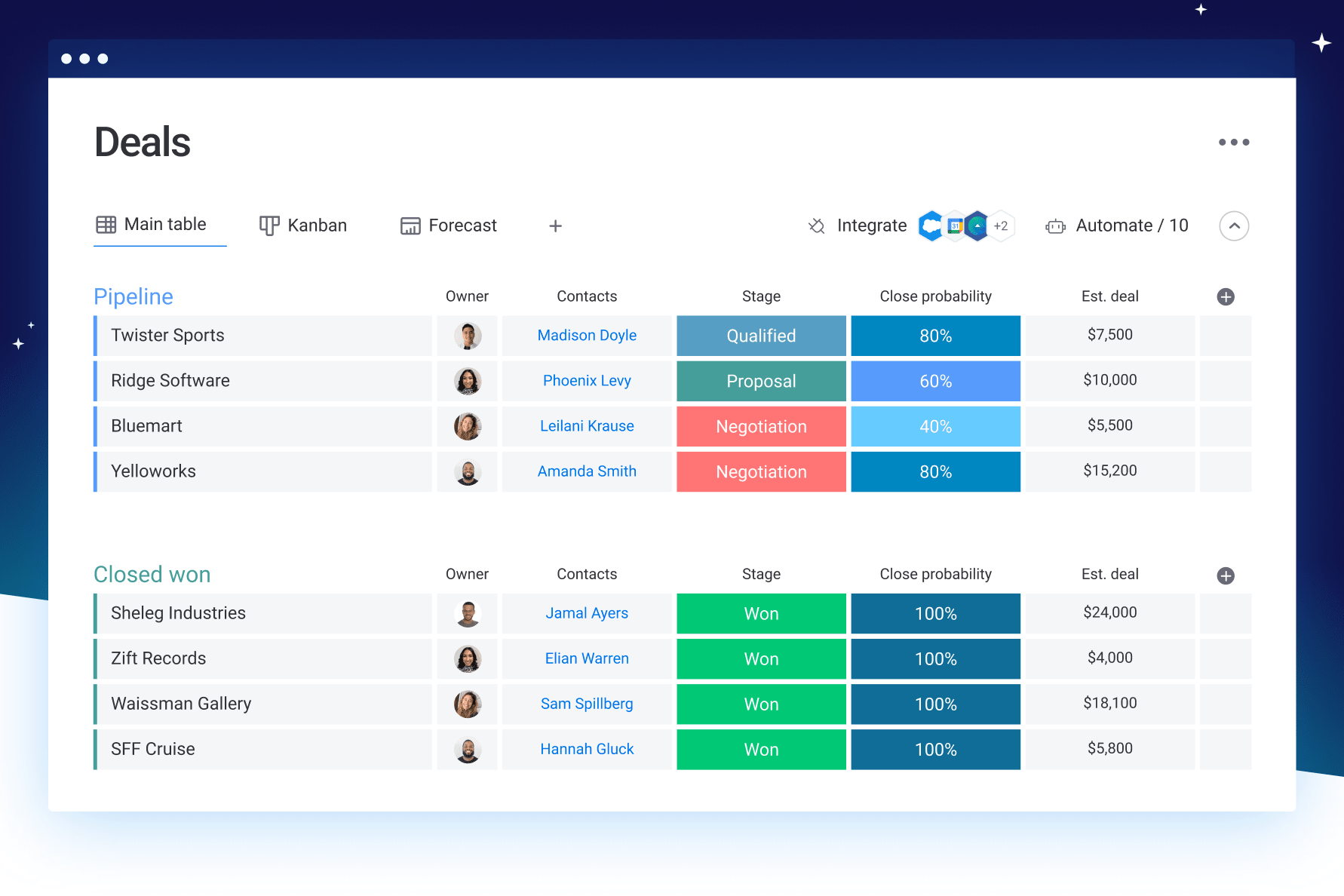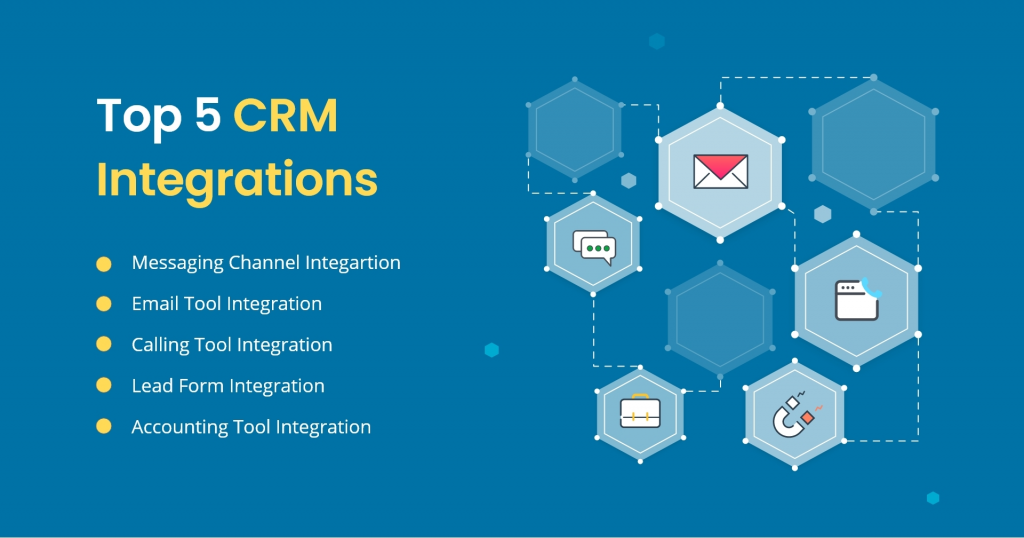Maximize Your CRM Marketing ROI: Actionable Tips and Strategies for Success
In today’s competitive business landscape, customer relationship management (CRM) isn’t just a buzzword – it’s a necessity. A well-implemented CRM system serves as the central nervous system of your marketing efforts, enabling you to understand your customers better, personalize your interactions, and ultimately, drive revenue. However, simply deploying a CRM isn’t enough. To truly realize the value of your investment, you need to focus on maximizing your CRM marketing ROI. This comprehensive guide will delve into the essential tips and strategies to achieve just that, helping you transform your CRM from a cost center into a powerful profit engine.
Understanding CRM Marketing ROI
Before diving into the strategies, it’s crucial to understand what CRM marketing ROI actually entails. ROI, or Return on Investment, is a metric used to evaluate the efficiency of an investment. In the context of CRM marketing, it measures the profitability of your CRM-related activities. A positive ROI indicates that your CRM efforts are generating more revenue than they cost, while a negative ROI suggests that you need to reassess your strategy.
Calculating your CRM marketing ROI involves several key components:
- Total Investment: This includes the cost of your CRM software, implementation expenses, training costs, and ongoing maintenance.
- Revenue Generated: This is the revenue directly attributable to your CRM marketing efforts, such as increased sales, upselling, and cross-selling.
- Cost Savings: CRM can also lead to cost savings by automating tasks, improving efficiency, and reducing errors.
The formula for calculating ROI is straightforward: ROI = ((Revenue Generated - Total Investment) / Total Investment) * 100.
For example, if your CRM marketing efforts generated $100,000 in revenue and your total investment was $20,000, your ROI would be 400%. This means that for every dollar you invested, you earned four dollars back.
Key Strategies to Boost Your CRM Marketing ROI
Now, let’s explore the practical strategies that will help you maximize your CRM marketing ROI. These tips cover various aspects of CRM implementation, data management, marketing automation, and performance analysis.
1. Choose the Right CRM System
The foundation of successful CRM marketing is choosing the right CRM system for your specific needs. There’s no one-size-fits-all solution, so it’s essential to carefully evaluate your requirements before making a decision. Consider factors like:
- Your Business Goals: What do you want to achieve with your CRM? Increased sales, improved customer service, better lead generation?
- Your Budget: CRM systems range in price from free to enterprise-level. Set a realistic budget and stick to it.
- Scalability: Choose a CRM that can grow with your business.
- Integration Capabilities: Ensure the CRM integrates seamlessly with your existing marketing tools, such as email marketing platforms, social media channels, and e-commerce platforms.
- Ease of Use: The CRM should be user-friendly and easy to navigate.
Research different CRM providers, compare their features, and read reviews from other businesses. Consider requesting demos to get a feel for the platform and its capabilities. Some popular CRM systems include Salesforce, HubSpot, Zoho CRM, and Microsoft Dynamics 365.
2. Implement a Robust Data Strategy
Data is the lifeblood of any CRM system. Without accurate, complete, and up-to-date data, your CRM efforts will be ineffective. A robust data strategy is crucial for maximizing your ROI. Here’s what you need to focus on:
- Data Collection: Implement strategies to collect comprehensive customer data, including contact information, purchase history, website activity, and social media interactions.
- Data Quality: Regularly clean and validate your data to ensure accuracy. This includes removing duplicate records, correcting errors, and updating outdated information.
- Data Segmentation: Segment your customer data based on demographics, behavior, purchase history, and other relevant criteria. This allows you to personalize your marketing messages and target specific customer groups.
- Data Security: Protect your customer data with robust security measures to comply with data privacy regulations like GDPR and CCPA.
3. Focus on Data Integration
Your CRM system shouldn’t exist in a vacuum. To get the most out of your CRM, you need to integrate it with other systems that contain valuable customer data. This might include your:
- Email Marketing Platform: Sync your CRM with your email marketing platform to track email opens, clicks, and conversions.
- E-commerce Platform: Integrate your CRM with your e-commerce platform to track online purchases and customer behavior.
- Social Media Channels: Connect your CRM to your social media channels to monitor social media activity and engage with customers.
- Marketing Automation Tools: Integrate your CRM with marketing automation tools to automate your marketing campaigns and personalize customer journeys.
Data integration provides a holistic view of your customers, enabling you to create more targeted and effective marketing campaigns.
4. Leverage Marketing Automation
Marketing automation is a game-changer when it comes to boosting your CRM marketing ROI. It allows you to automate repetitive tasks, personalize customer interactions, and nurture leads through the sales funnel. Here are some ways to leverage marketing automation:
- Automated Email Campaigns: Set up automated email campaigns based on customer behavior, such as welcome emails, abandoned cart emails, and post-purchase follow-up emails.
- Lead Nurturing: Nurture leads with targeted content and personalized email sequences to move them through the sales funnel.
- Behavioral Triggers: Use behavioral triggers to send automated emails based on customer actions, such as website visits, product views, and form submissions.
- Personalized Content: Personalize your website content and email messages based on customer data and segmentation.
Marketing automation frees up your marketing team to focus on more strategic initiatives while ensuring that your customers receive timely and relevant communications.
5. Personalize Customer Experiences
Customers today expect personalized experiences. They want to feel understood and valued. Your CRM system provides the data you need to personalize your marketing efforts. Here’s how:
- Personalized Emails: Use customer data to personalize your email subject lines, content, and calls to action.
- Targeted Content: Create targeted content based on customer segments and interests.
- Product Recommendations: Recommend products or services based on customer purchase history and browsing behavior.
- Website Personalization: Personalize your website content and offers based on customer data.
Personalization creates a more engaging and relevant customer experience, leading to increased conversions and customer loyalty.
6. Optimize Your Sales Process
Your CRM should streamline your sales process, making it easier for your sales team to close deals. Here’s how to optimize your sales process using your CRM:
- Lead Scoring: Implement lead scoring to prioritize leads based on their likelihood to convert.
- Sales Automation: Automate repetitive sales tasks, such as sending follow-up emails and scheduling appointments.
- Sales Pipeline Management: Use your CRM to visualize your sales pipeline and track the progress of each deal.
- Sales Forecasting: Use your CRM to forecast sales and make informed business decisions.
By optimizing your sales process, you can improve sales efficiency, increase conversion rates, and ultimately, boost your ROI.
7. Provide Excellent Customer Service
Excellent customer service is crucial for building customer loyalty and driving repeat business. Your CRM system can help you provide exceptional customer service by:
- Centralized Customer Data: Provide your customer service team with a centralized view of each customer’s data, including their purchase history, support interactions, and preferences.
- Case Management: Use your CRM to manage customer support cases and ensure that issues are resolved quickly and efficiently.
- Self-Service Portals: Provide customers with self-service portals where they can access information, submit support requests, and track their cases.
- Personalized Support: Personalize your customer support interactions based on customer data and preferences.
Happy customers are more likely to become loyal customers, which leads to increased revenue and a higher ROI.
8. Track and Analyze Your Results
Tracking and analyzing your results is essential for measuring the effectiveness of your CRM marketing efforts and identifying areas for improvement. Here’s what you need to do:
- Define Key Performance Indicators (KPIs): Identify the KPIs that are most important to your business, such as conversion rates, customer lifetime value, and customer acquisition cost.
- Track Your Metrics: Use your CRM to track your KPIs and monitor your progress over time.
- Analyze Your Data: Analyze your data to identify trends, patterns, and insights.
- Make Data-Driven Decisions: Use your data to make informed decisions about your CRM marketing strategy.
Regularly review your results, identify areas where you can improve, and adjust your strategy accordingly. This iterative process will help you continuously optimize your CRM marketing ROI.
9. Train Your Team
Your CRM system is only as effective as the people who use it. It’s essential to provide thorough training to your team on how to use the CRM and leverage its features. Training should cover:
- CRM Functionality: How to navigate the CRM, enter data, and use its various features.
- Data Entry Best Practices: How to enter data accurately and consistently.
- Marketing Automation: How to create and manage marketing automation campaigns.
- Sales Process: How to use the CRM to manage the sales process.
- Customer Service: How to use the CRM to provide excellent customer service.
Provide ongoing training and support to ensure that your team is proficient in using the CRM and staying up-to-date with new features and best practices. This will maximize adoption and ensure everyone is on the same page.
10. Foster a Culture of Continuous Improvement
CRM marketing is an ongoing process. It’s important to foster a culture of continuous improvement within your organization. This means:
- Regularly Reviewing Your Strategy: Regularly review your CRM marketing strategy and make adjustments as needed.
- Testing and Experimenting: Test different approaches and experiment with new features to see what works best.
- Gathering Feedback: Gather feedback from your team and your customers to identify areas for improvement.
- Staying Up-to-Date: Stay up-to-date on the latest CRM trends and best practices.
By embracing a culture of continuous improvement, you can ensure that your CRM marketing efforts remain effective and that you continue to maximize your ROI.
Real-World Examples of CRM Marketing ROI Success
To illustrate the power of these strategies, let’s look at a few real-world examples of businesses that have successfully maximized their CRM marketing ROI:
- E-commerce Retailer: An e-commerce retailer implemented a CRM system and used it to personalize email marketing campaigns. They sent targeted emails to customers based on their browsing history and purchase behavior. This resulted in a 20% increase in click-through rates and a 15% increase in sales.
- Software Company: A software company used its CRM to automate its lead nurturing process. They created a series of automated email sequences to guide leads through the sales funnel. This resulted in a 30% increase in lead conversion rates.
- Financial Services Firm: A financial services firm used its CRM to improve its customer service. They provided their customer service team with a centralized view of each customer’s data, allowing them to resolve issues more quickly and efficiently. This resulted in a 10% increase in customer satisfaction and a 5% increase in customer retention.
Common Pitfalls to Avoid
While the potential benefits of CRM marketing are significant, there are also some common pitfalls to avoid:
- Poor Data Quality: Inaccurate or incomplete data can render your CRM efforts ineffective.
- Lack of Training: Without proper training, your team won’t be able to use the CRM effectively.
- Ignoring Customer Feedback: Failing to listen to customer feedback can lead to dissatisfaction and churn.
- Not Integrating with Other Systems: A siloed CRM system limits its potential.
- Setting Unrealistic Expectations: CRM implementation takes time and effort. Don’t expect overnight results.
By being aware of these pitfalls, you can avoid making costly mistakes and increase your chances of success.
Conclusion: The Path to CRM Marketing Success
Maximizing your CRM marketing ROI is an ongoing process that requires careful planning, strategic implementation, and continuous optimization. By choosing the right CRM system, implementing a robust data strategy, leveraging marketing automation, personalizing customer experiences, optimizing your sales process, providing excellent customer service, tracking and analyzing your results, training your team, and fostering a culture of continuous improvement, you can transform your CRM from a cost center into a powerful profit engine.
Remember, the key to success is to focus on your customers, understand their needs, and provide them with personalized and relevant experiences. By doing so, you’ll not only increase your ROI but also build stronger customer relationships and drive long-term business growth. Embrace the journey, stay adaptable, and watch your CRM marketing efforts flourish.





